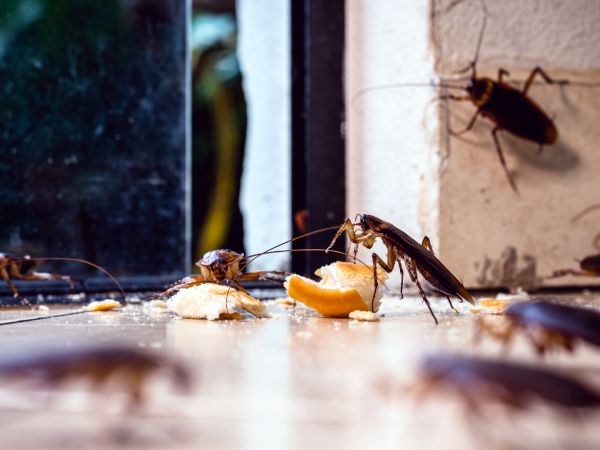Speed Pest Control a Rodent pest control company in Chennai uses a quality product which is highly effective against rats and most of all safe for humans and environment. Having been a proven product. Speed Pest Control have introduced certain quality products according to the requirement of our customers as in for indoor and outdoor treatments.
We have a quality product which effectively repels rat it is specially formulated to be used in indoor areas. We also provide a cost effective RODENT BAIT STATION along with glue pads understanding the habitual nature of the rodents the bait station can be effectively used for outdoors and thereby eradicating the total population of the rodent family.
Highlights of our Rodent Control Services
Highlights of our Rodent Control Services

Rat – Control
Speed Pest Control have introduced quality products according to the requirement of our customers as in for indoor and outdoor treatments. We have great pleasure in introducing the first of its kind natural spray RAT- RID which can be specifically and conveniently used in indoor premises. RODENT BAIT STATION specially designed by us to trap the rodents effectively. This can be used for commercial and residential purposes.
Rodents live on the “principle of commensalisms”, i.e. they share the human life without any positive deeds to the human, rather causing damages to then in return.